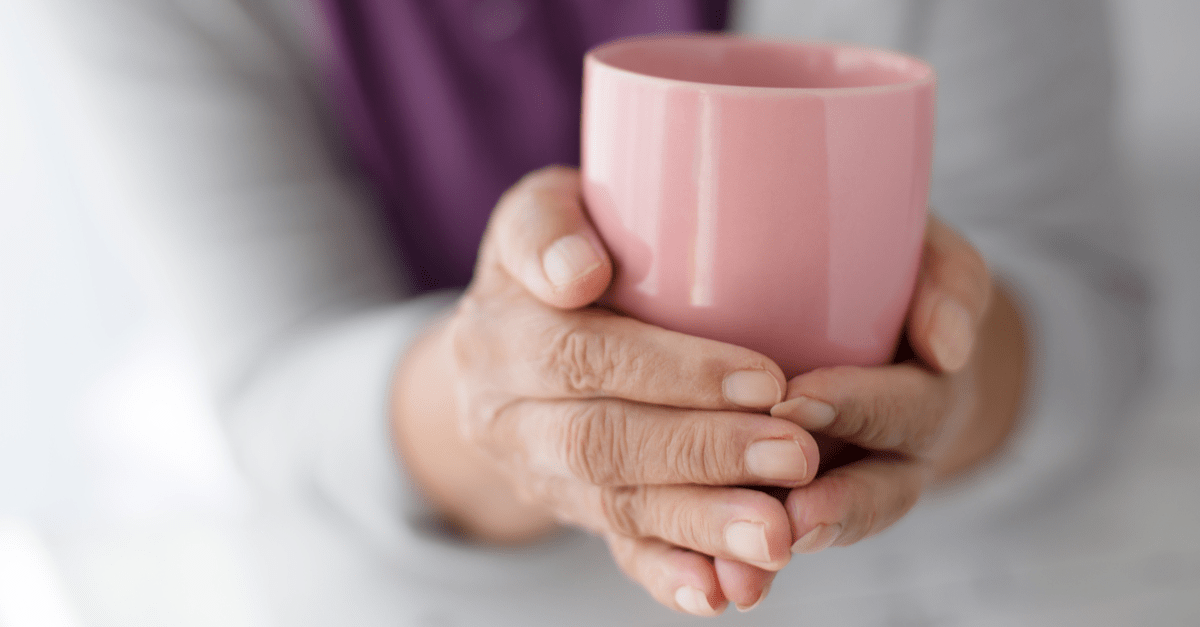Did you know: 1 in 5 people will develop some type of skin cancer by age 70? For this reason, we encourage our seniors to have regular skin checks for signs of cancer or other common skin conditions that present in mature skin. As we age, our skin undergoes changes that weaken our defenses against skin conditions: reduced immune systems, poorer healing capacity, thinner skin, and damage from bodily assaults from smoking to pollution. Skin also loses fat and water content and becomes thinner, allowing UV light to penetrate more deeply. These changes all contribute to accelerated skin aging and increase our risk of skin cancer.
Summer Skin Care in Seniors
Caring for the elderly, skin-related issues can certainly present unique challenges, particularly in the hot summer months when moisture and sweat can accumulate and cause significant irritation. As we grow older, the body loses some ability to retain its own moisture and dryness can commonly occur. Many of our elderly patients will complain of increased and chronic dryness, especially on the lower legs, and this issue can be compounded by many chronic illnesses and conditions such as diabetes or vascular disease.
In order to combat dry skin in seniors, thick-barrier restorative creams and ointments are usually recommended. However, during the summer months, these products can trap heat and sweat can accumulate, creating a perfect environment for bacteria and yeast to grow. The most common areas involved include the armpits, groin, and other skin fold areas. As a result, great care must be taken to bathe and shower regularly with gentle soaps, use moisture-reducing powders, and change clothing frequently as needed.
Lighter lotions and creams may be better for certain areas, and non-fragrance products are preferred to prevent further irritation or allergic response. Last but not least, when the weather starts to improve, many elderly patients seek comfort and warmth basking in the sun and invigorating air. Sunscreen with SPF 30 or higher should be applied to exposed areas to prevent sunburn and sun damage.
How Seniors Can Prepare for Dermatology Appointments
Skin disorders are so common among older people that it is often hard to tell normal changes from those related to a serious medical issue. For this reason, it’s especially important for you and your seniors to have your skin checked regularly by a dermatologist for signs of cancer or other conditions.
Update your personal health information. To help our seniors prepare and make the most of their appointment, make sure that you have an up-to-date list of over-the-counter medications, prescriptions, vitamins, herbal remedies, supplements, and family history. This is beneficial for both the individual and the provider so that the information on file is up-to-date and the medical condition and potential therapeutic options are thoroughly discussed during the appointment.
Make a list. Like many of us from time-to-time, you may forget important topics that you wish to discuss during the appointment so it may be beneficial to prepare a list of questions and concerns. This will help make sure information is prioritized and addressed at the time of the visit. A list also allows your doctor to come up with a more accurate diagnosis, ensuring a smoother and more time-efficient appointment.
Bring photos. Some skin conditions show themselves sporadically so bringing photographs of a flare-up can help show the skin condition that you’re concerned about to your dermatologist.
Have a healthcare “home” team. Another important aspect of skin health is assessing a seniors’ social living situation. Identify who all is a part of your at-home team to help reduce health care delivery obstacles and risks such as polypharmacy. Sometimes it is helpful to bring a family member or close friend with you. They can take notes for you and can help you remember what the provider said. Having support can help you follow through with your treatment plan and care.
Remove makeup and nail polish. You may rely on some foundation and concealer to get you through the day, but when visiting your dermatologist, it’s a good idea to pass on the makeup so that your physician can have a closer look at your skin. Dermatologists treat a wide variety of skin conditions and pay close attention to the health of your nails, especially because some skin conditions like cancers, fungus, and moles tend to form on your nail beds.
Set realistic expectations. Being patient and realistic about your treatment plan is a good place to start when you visit your dermatologist. Oftentimes results can take weeks, and even months, for your skin to acclimate to new medications and treatments.
In addition to yearly full-body skin exams, we recommend that you check your skin at home at least once a month and be on the lookout for new growths or changing moles. With our services, our mission is to improve access to skincare so that everyone, at any age, can care for the skin they are in! As a senior, it’s never too late to reduce your skin cancer risk. Remember to wear your sunscreen, sunglasses, UV protected clothing, and seek shade when outdoors!



